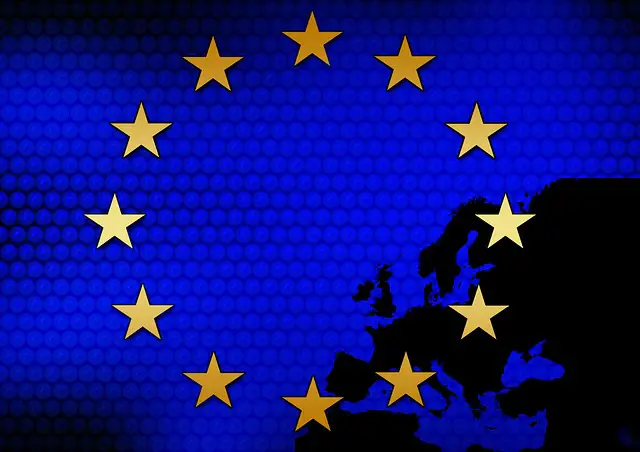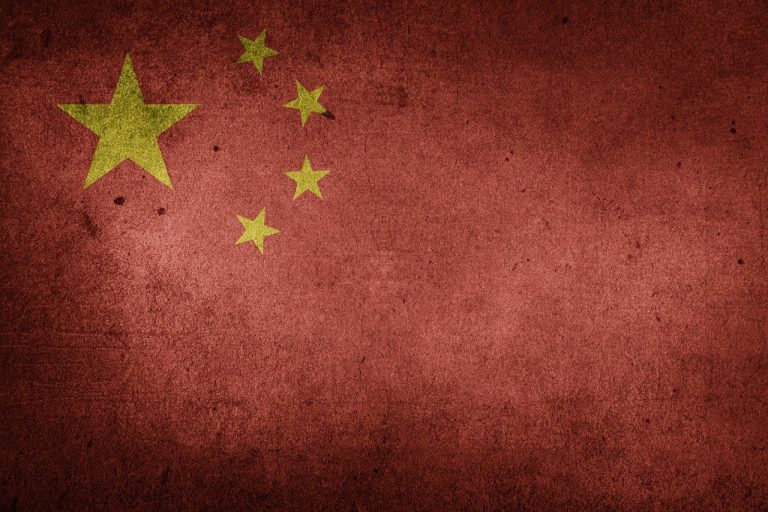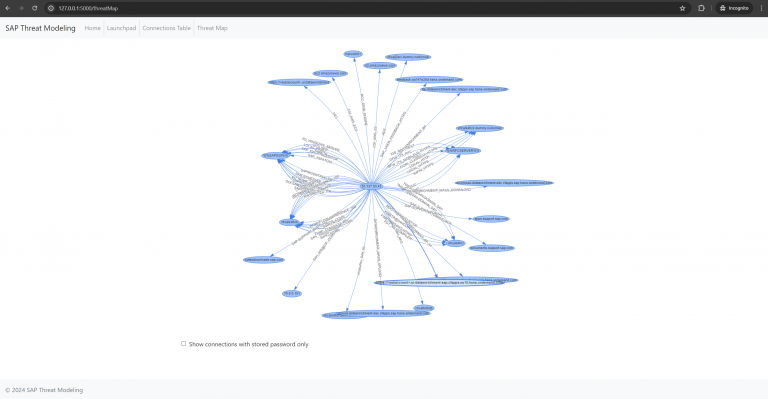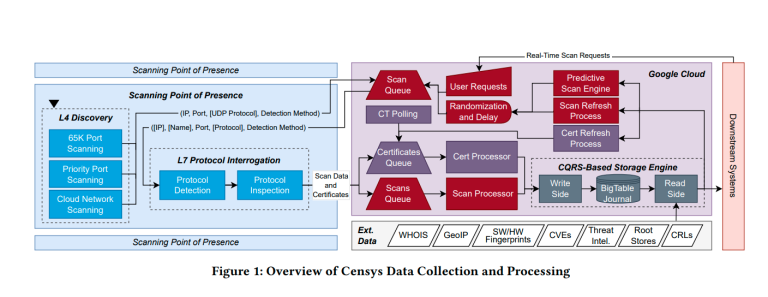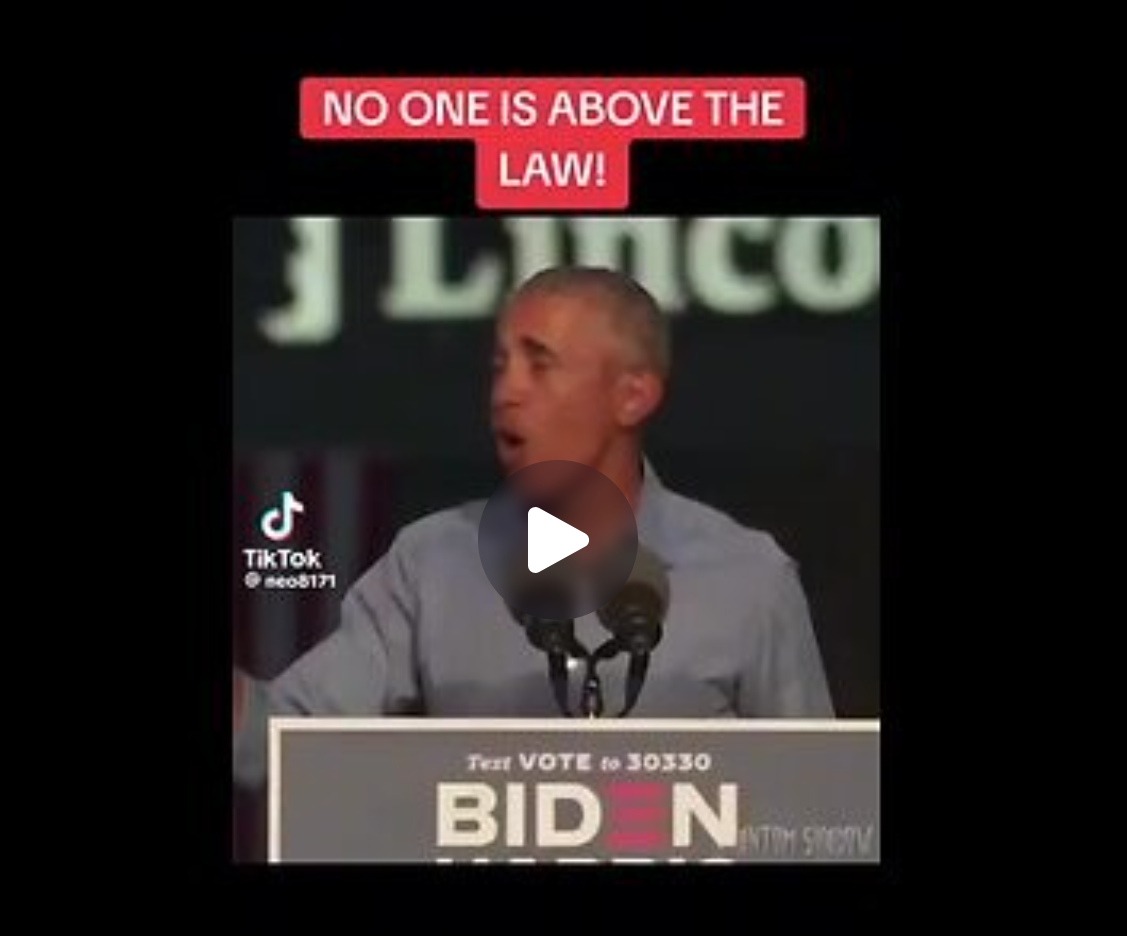
Former U.S. President Donald Trump has once again found himself at the heart of controversy—this time for posting a provocative, AI-generated video. Shared on his own platform, Truth Social, the video depicts the fictional arrest of Barack Obama by FBI agents, culminating in the former president’s incarceration in a prison cell. Unsurprisingly, the footage has sparked widespread concern—not only for its overt political overtones but also for the use of artificial intelligence to disseminate manipulative content.
The video opens with a montage of clips showing Democratic Party figures chanting the slogan, “No one is above the law.” The scene then cuts to an image of Pepe the Frog—an internet meme often co-opted by far-right groups—dressed in a clown costume, a symbol increasingly embraced by the alt-right online subculture.
This is followed by a fabricated scene featuring a “younger” Donald Trump confronting Obama. In the generated footage, Obama is shown on his knees, hands restrained behind his back, encircled by FBI agents. The final shot places him inside a prison cell, clad in an orange jumpsuit, looking dejected and downcast. Meanwhile, Trump appears, grinning ear to ear. The video is presented without caption, explanation, or commentary—none is needed, as its message is unmistakably clear.
It is believed the video was posted in response to a press release accusing the Obama administration of attempting to discredit the 2016 election results. The document alleges that former officials “knowingly disseminated false information” regarding supposed Russian interference—claims purportedly grounded in the discredited “Steele dossier.”
That dossier, compiled by former British intelligence officer Christopher Steele, served as the basis for numerous media reports and investigations into alleged ties between Trump’s associates and Russian operatives. Trump and his supporters have long dismissed the dossier as fabricated and the investigations as part of a broader conspiracy.
Particularly inflammatory remarks came from Tulsi Gabbard—a former member of Congress and, according to sources cited in the post, now serving as Director of National Intelligence. She characterized the Obama administration’s actions as “treason” and called for the criminal prosecution of all involved.
According to Gabbard, the objective of the “conspiracy” was “to undermine the will of the American people and stage a years-long coup attempt, with the sole purpose of preventing the duly elected president from fulfilling his mandate.”
“Everyone who participated in this crime must be investigated and brought to justice,” Gabbard declared. “Only then can we ensure that such a betrayal never happens again.”
However, not everyone has taken the video seriously. Many social media users accused Trump of orchestrating yet another distraction—particularly in light of renewed public outrage following the dismissal of a case related to the leaked Jeffrey Epstein files. Critics argue that, rather than addressing substantive issues, Trump is once again employing his trademark tactic: creating sensationalist spectacle to divert attention.
The use of artificial intelligence to simulate real individuals in such a politically charged context has alarmed disinformation watchdogs. This is not merely a meme or a hypothetical fantasy—it represents a novel instrument of political manipulation capable of distorting public perception of reality. The danger is amplified when such content is shared without clear labeling as artificially generated. And as technology continues to advance, these fabrications will only become more convincing.
